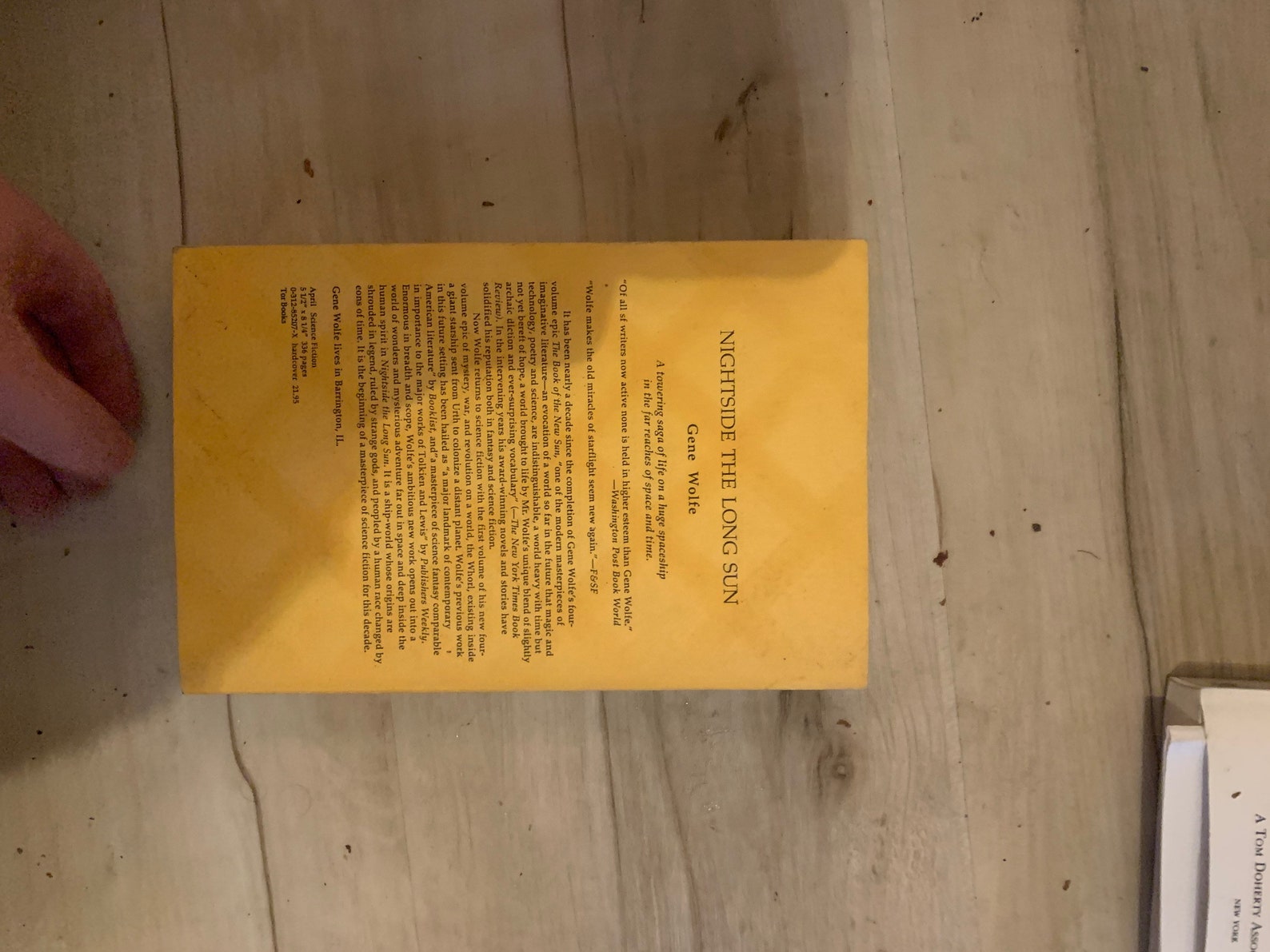


What's more, if we see that same dip in luminosity occur with a regular period, we've established that the object is an exoplanet orbiting around the star. If we record that dimming in the luminosity of a star, we can make a pretty good estimate as to how large the object was. Whenever something passes in front of a light source, the amount of light that we see dims (the most obvious case being a shadow or, better yet, a solar eclipse or the transit of Venus). With the transit method, we simply stare at a candidate star using a special telescope that can measure tiny variations in a star's luminosity. The two main ways we detect exoplanets are using the transit method and the radial velocity method.


 0 kommentar(er)
0 kommentar(er)
